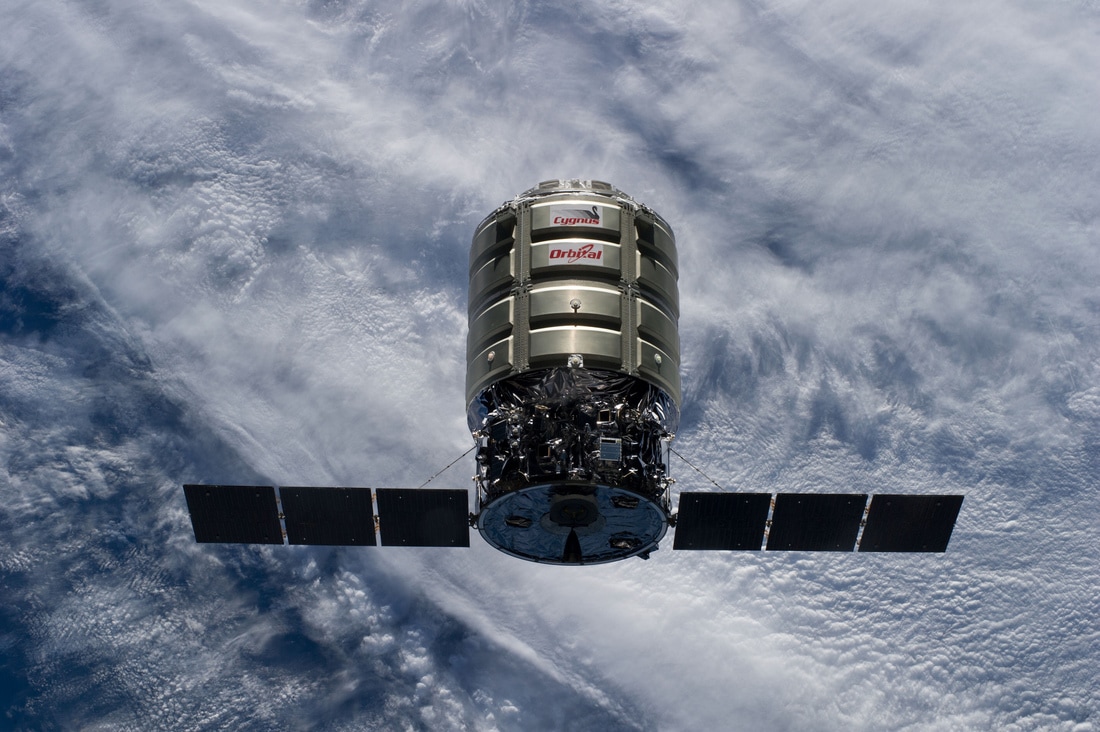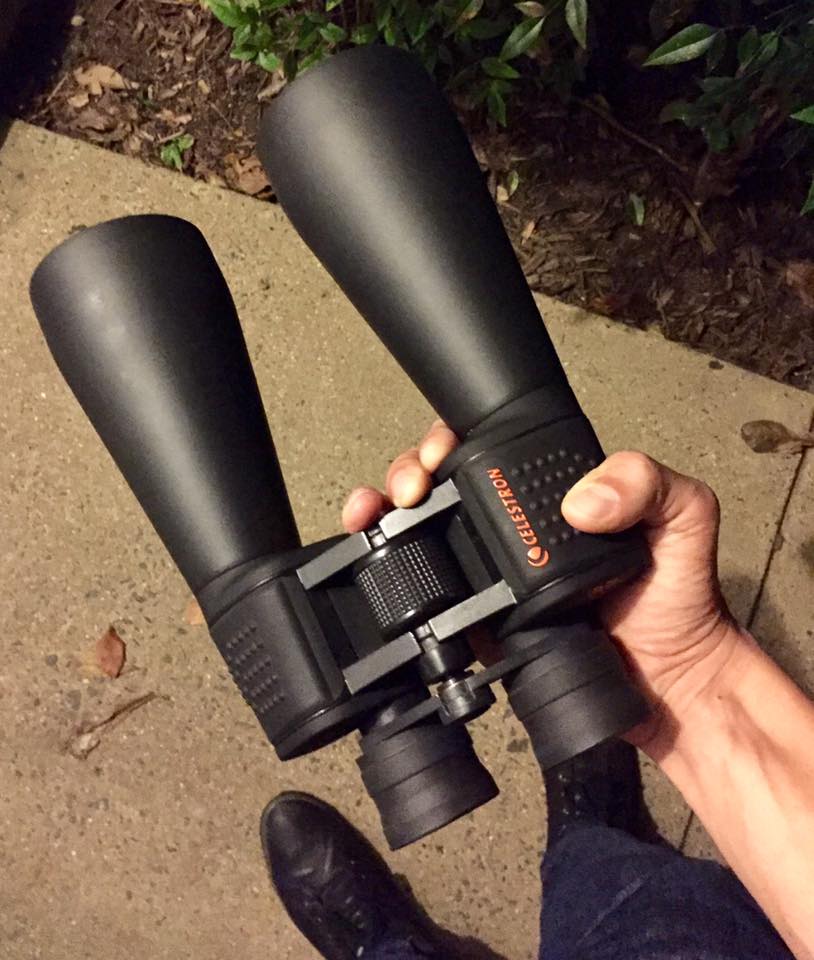|
A few days ago, I learned that Orbital ATK would soon attempt to launch its Cygnus cargoship from Wallops Flight Facility in Virginia to the International Space Station. If the rocket didn't blow up - a very real possibility, since Orbital's last rocket did - the launch would be easily visible from Washington. I walked outside with my telescope to watch what I hoped would be a successful launch. I didn't realize, however, that Orbital had scrubbed the launch. After observing the moon, I walked back inside, disappointed. Orbital rescheduled the launch for tonight, and this time I ventured outside with my 15x70 binoculars. They would probably be more useful for tracking a rocket, anyway. About five minutes after the rocket was supposed to launch, I started to think that there had either been an explosion or another delay. Then, I noticed a bright orange flare rising to the southeast. Nearby, just out of sight, a family started cheering. My binoculars gave me a wonderful view of the flare and its flickering flames. After the rocket climbed high enough, the flare disappeared. A few seconds later, I spotted a yellow light, just above where the flare had been. The first stage had dropped away, I realized, and the smaller engine on the second stage was carrying the Cygnus ship into space. After a little while, the light disappeared. I'd witnessed my first successful rocket launch, and my binoculars helped me feel far closer to the action than I really was.  The Cygnus cargo ship approaches the International Space Station. The Cygnus cargo ship approaches the International Space Station.
0 Comments
|
Archives
March 2024
Categories
All
|




 RSS Feed
RSS Feed